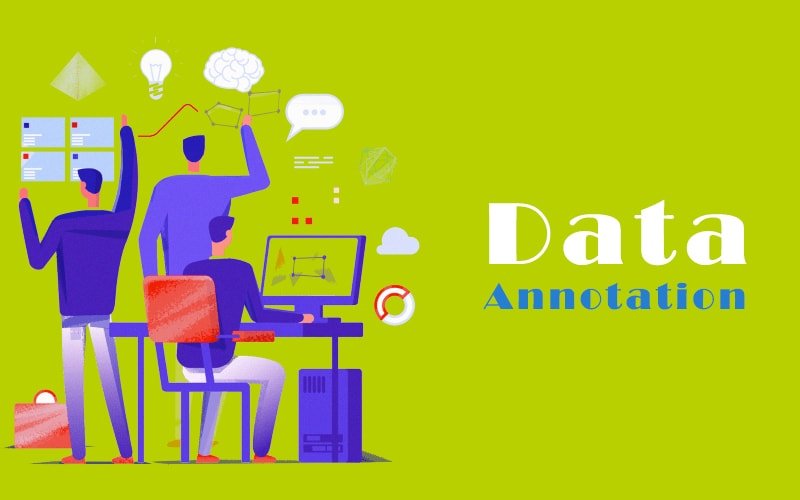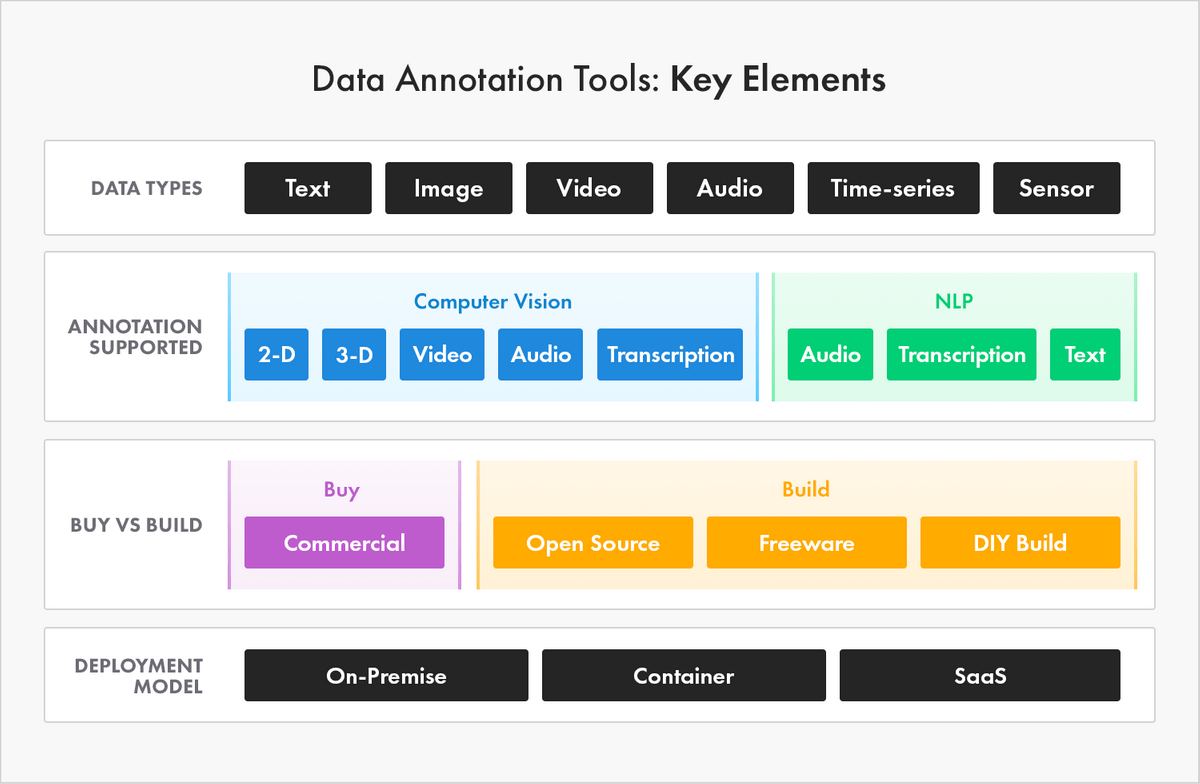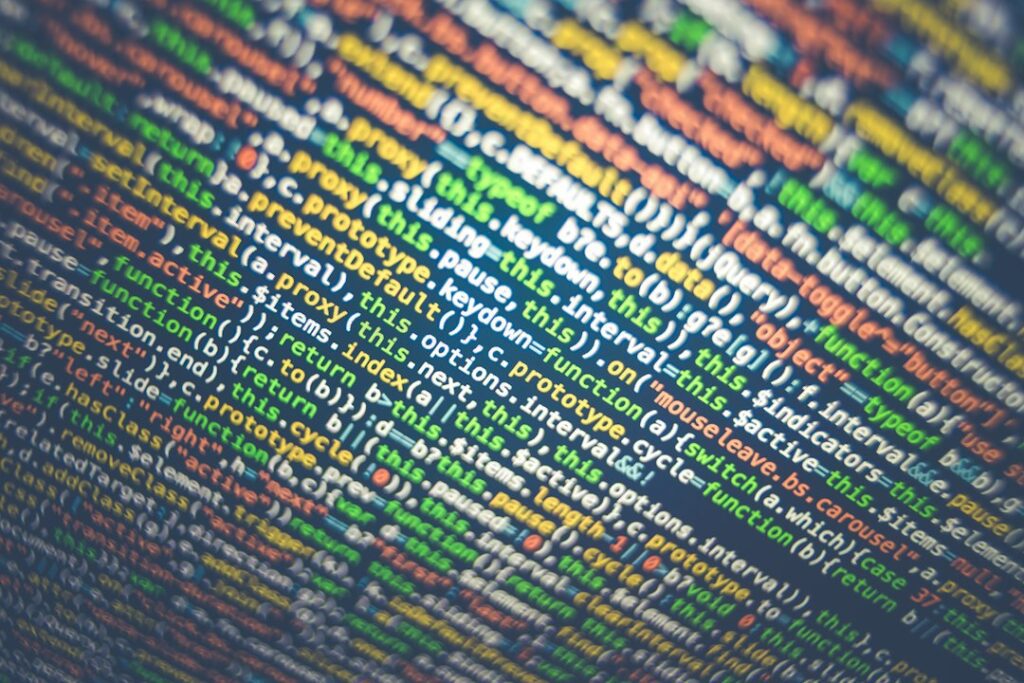
In today’s data-driven world, the demand for high-quality annotated data is on the rise. Data annotation, the process of labeling data to make it understandable for machines, plays a crucial role in training and improving machine learning models. From image recognition and natural language processing to autonomous vehicles and healthcare, annotated data serves as the foundation upon which AI algorithms are built. In this blog post, we’ll delve into the various types of data annotation services available, their applications, and their significance in the realm of artificial intelligence.
1. Image Annotation Services
Image annotation involves labeling objects, shapes, or regions within an image to provide context and understanding for machine learning algorithms. There are several types of image annotation services, including:
- Bounding Box Annotation: This involves drawing rectangular or square boxes around objects of interest within an image. Bounding box annotation is commonly used in object detection tasks, such as identifying cars in traffic scenes or detecting pedestrians in surveillance footage.
- Polygon Annotation: Polygon annotation is used when objects have irregular shapes that cannot be adequately captured with bounding boxes. Annotators draw polygons around objects to outline their boundaries accurately. This technique is often employed in applications like semantic segmentation and instance segmentation.
- Semantic Segmentation: In semantic segmentation, each pixel in an image is labeled with a corresponding class or category. This allows AI models to differentiate between different objects and understand their spatial relationships within the image. Semantic segmentation is crucial for applications like medical image analysis, autonomous driving, and satellite image interpretation.
- Instance Segmentation: Instance segmentation takes semantic segmentation a step further by not only labeling pixels with object classes but also distinguishing between individual instances of the same class. This enables AI systems to identify and track multiple objects of the same type within an image, making it particularly useful for tasks like counting objects in a scene or monitoring crowd behavior.
2. Text Annotation Services
Text annotation involves labeling and categorizing textual data to extract meaningful information for natural language processing (NLP) tasks. Some common types of text annotation services include:
- Named Entity Recognition (NER): NER involves identifying and categorizing entities mentioned in text, such as names of people, organizations, locations, dates, and numerical expressions. NER is essential for information extraction, entity linking, and sentiment analysis applications.
- Part-of-Speech (POS) Tagging: POS tagging assigns grammatical categories (e.g., nouns, verbs, adjectives) to words in a sentence. This helps AI models understand the syntactic structure of text and disambiguate word meanings based on their context. POS tagging is used in various NLP tasks, including text summarization, question answering, and machine translation.
- Sentiment Analysis: Sentiment analysis involves classifying the sentiment expressed in a piece of text as positive, negative, or neutral. This allows businesses to analyze customer feedback, social media posts, and product reviews to gauge public opinion and sentiment trends. Sentiment analysis is particularly valuable in brand monitoring, market research, and reputation management.
- Text Classification: Text classification assigns predefined categories or labels to text documents based on their content. This is useful for tasks like spam detection, topic categorization, and content moderation. Text classification enables automated sorting and filtering of large volumes of textual data, improving efficiency and accuracy in various applications.
3. Audio Annotation Services
Audio annotation involves labeling and transcribing audio recordings to extract meaningful information for speech recognition and audio processing tasks. Some common types of audio annotation services include:
- Speech-to-Text Transcription: Speech-to-text transcription involves converting spoken language into written text. This is achieved through the annotation of audio recordings, where annotators listen to the audio and transcribe the spoken words verbatim. Speech-to-text transcription is used in virtual assistants, dictation software, and voice-controlled devices.
- Speaker Diarization: Speaker diarization is the process of segmenting an audio recording into speaker-specific segments and identifying the speakers involved. This allows AI systems to differentiate between multiple speakers in a conversation or audio recording. Speaker diarization is crucial for applications like call center analytics, voice biometrics, and forensic audio analysis.
- Emotion Recognition: Emotion recognition involves annotating audio recordings to identify and classify the emotional states expressed by speakers. This can include emotions such as happiness, sadness, anger, or surprise. Emotion recognition is used in applications like customer service analysis, voice-enabled virtual assistants, and psychological research.
4. Video Annotation Services
Video annotation involves labeling objects, actions, or events within video footage to provide context and understanding for machine learning algorithms. Some common types of video annotation services include:
- Object Tracking: Object tracking involves annotating objects of interest within a video and tracking their movement across frames. This allows AI systems to analyze object trajectories, detect anomalies, and monitor changes over time. Object tracking is used in surveillance systems, autonomous vehicles, and sports analytics.
- Action Recognition: Action recognition involves annotating human actions or activities depicted in video footage. This enables AI models to understand and classify different types of actions, such as walking, running, or gesturing. Action recognition is used in applications like video surveillance, human-computer interaction, and gesture-based interfaces.
- Event Detection: Event detection involves annotating specific events or occurrences within video footage. This allows AI systems to detect and classify events of interest, such as accidents, anomalies, or interactions between objects and individuals. Event detection is used in applications like video content analysis, crowd monitoring, and activity recognition.

Conclusion
Data annotation services play a critical role in preparing labeled datasets for machine learning applications across various domains, including computer vision, natural language processing, speech recognition, and video analysis. By providing annotated data, these services enable AI developers and researchers to train and improve machine learning models, driving advancements in technology and innovation. Whether it’s annotating images, text, audio, or video data, the types of data annotation services available cater to a wide range of applications and use cases, paving the way for the continued growth and development of artificial intelligence.
